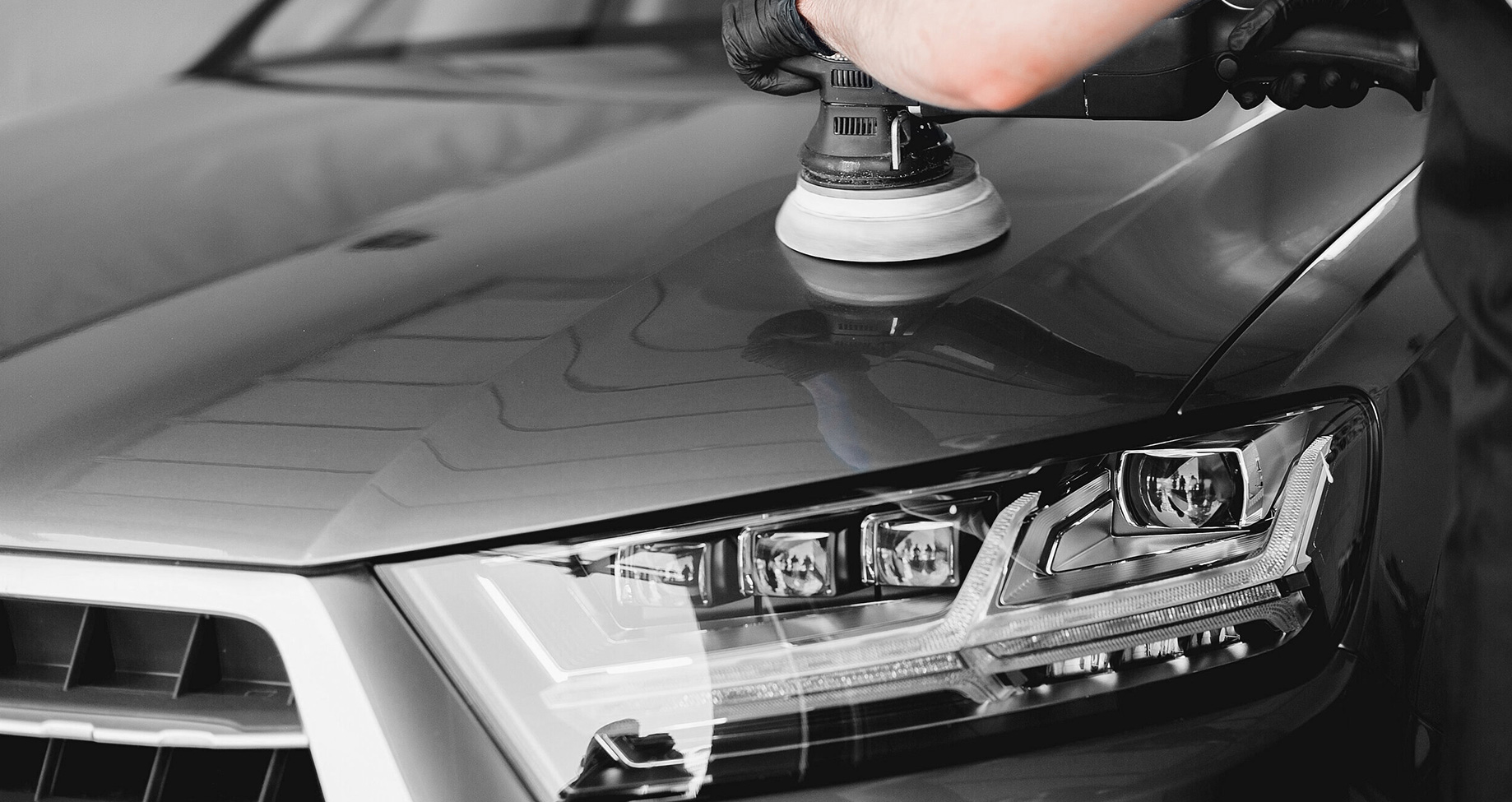Car polish is an essential product for maintaining the aesthetic appeal and longevity of your vehicle. Whether you are a car enthusiast or someone who simply wants to keep their car looking fresh, understanding how car polish works and its different types can make a world of difference. In this comprehensive guide, we will explore the importance of car polish, how it benefits your vehicle, the various types available, and practical tips to achieve that perfect, glossy finish.
What is Car Polish and How Does It Work?
Car polish is a product used to restore or enhance the paint of a car by removing imperfections, scratches, and swirl marks. It also works to smooth out the surface of the paint, adding depth and a glossy finish. Essentially, car polish contains abrasives or chemical agents that buff the surface of the vehicle to remove a very thin layer of oxidized paint or dirt. This process helps restore the shine and vibrancy of the car’s exterior, which is especially important for maintaining its aesthetic appeal and resale value.
Unlike car wax, which provides a protective layer over the paint, car polish is designed to improve the appearance of the paint by eliminating surface-level blemishes. While car wax offers protection against environmental elements, it doesn’t have the same abrasive properties that car polish does.
Types of Car Polish
There are several types of car polish on the market, and each is formulated for different purposes and levels of correction. Understanding the different types can help you choose the right product for your needs.
1. Cutting Polish
Cutting polish is the most abrasive type of car polish. It is designed to remove deeper imperfections, like scratches, oxidation, or swirl marks that are more visible to the naked eye. This type of polish is ideal for restoring heavily damaged paint surfaces, though it should be used sparingly as it can be harsh on your car’s clear coat. Cutting polishes are commonly used for heavy correction, especially on older vehicles or those that have been exposed to harsh weather conditions.
2. Polishing Polish
Polishing polishes are less abrasive compared to cutting polishes and are intended for light to moderate surface imperfections. They help to remove swirl marks and minor scratches, providing a smoother and more reflective finish. Polishing polish is often used for general maintenance, especially on newer vehicles with only slight imperfections.
3. Finishing Polish
Finishing polishes have the least abrasive formulation and are used to refine the paint after cutting or polishing. They provide a high-gloss, smooth finish by removing any micro-scratches left by more abrasive products. This type of polish is perfect for achieving that showroom-like shine and is typically the final step in a professional detailing process.
4. All-in-One Polish
As the name suggests, all-in-one polishes combine the functions of cutting, polishing, and finishing into one product. They offer a balance between abrasive power and smoothness, making them perfect for car owners who want to maintain their vehicle’s appearance without needing multiple products. While they can’t offer the same level of correction as specialized products, they are highly convenient for regular use.
Benefits of Using Car Polish
Using car polish on your vehicle comes with several notable benefits:
- Restores Shine: The most obvious benefit is the restoration of your car’s shine. Car polish removes oxidation and contaminants from the surface, leaving a bright, glossy finish.
- Removes Imperfections: Polishing your car can remove minor scratches, swirl marks, water spots, and other imperfections that may detract from its appearance.
- Protects the Paint: Regular polishing can help preserve the paintwork by smoothing out the clear coat and removing contaminants that could lead to paint degradation.
- Increases Resale Value: A well-maintained, glossy finish can increase your vehicle’s resale value, as it makes the car look newer and more attractive to potential buyers.
How to Polish Your Car: Step-by-Step Guide
- Wash the Car: Start with a thorough wash to remove dirt, grime, and debris. It’s crucial to work with a clean surface to avoid introducing scratches during the polishing process.
- Choose the Right Polish: Select a polish based on the level of correction your car needs (cutting, polishing, or finishing).
- Apply the Polish: Using a microfiber cloth or a dual-action polisher, apply a thin layer of polish to the surface of the car. If using a machine polisher, work in small sections and ensure the pad is evenly loaded.
- Buff the Surface: Use a clean microfiber towel to buff the surface and remove the residue, leaving a smooth and shiny finish.
- Wax for Protection: After polishing, consider applying a layer of wax or sealant to protect the polished surface from environmental damage.
Final Thoughts
Car polish is an excellent tool for maintaining the aesthetic appeal of your vehicle and keeping the paintwork looking like new. Whether you’re tackling deep imperfections with cutting polish or adding a mirror-like finish with a finishing polish, the results speak for themselves. By understanding the types of car polish available and following a proper application routine, you can ensure your car remains glossy, smooth, and protected for years to come.
